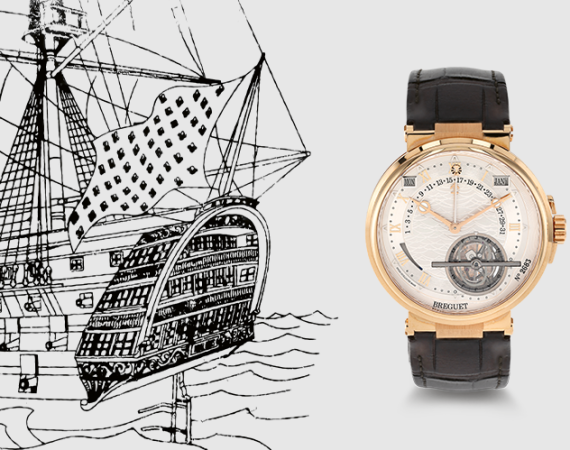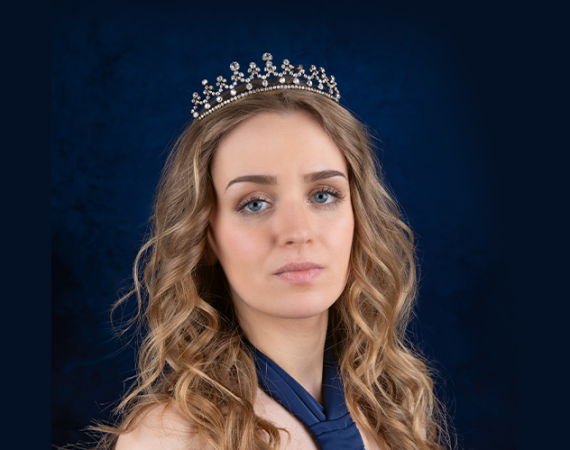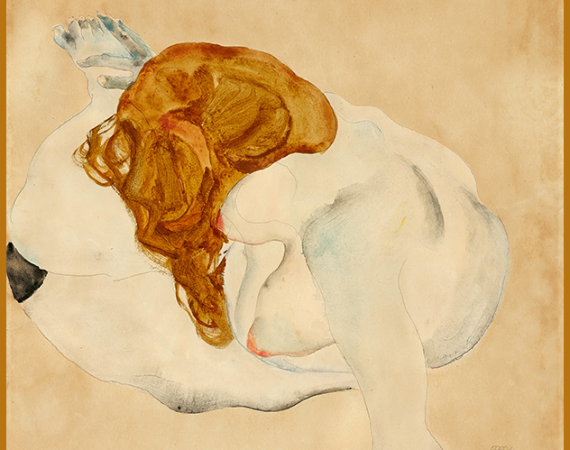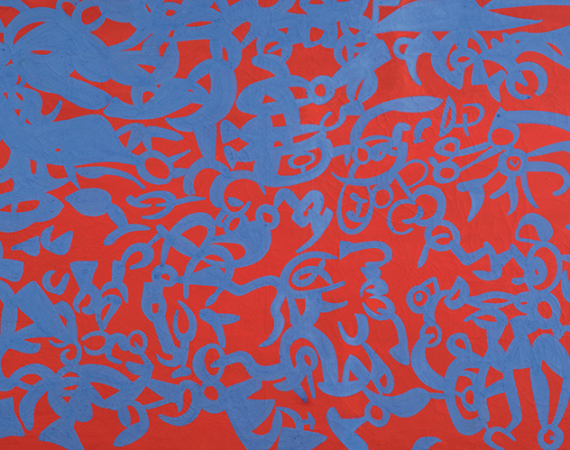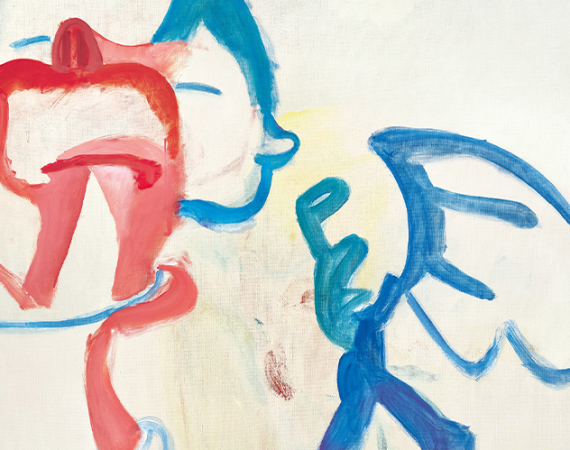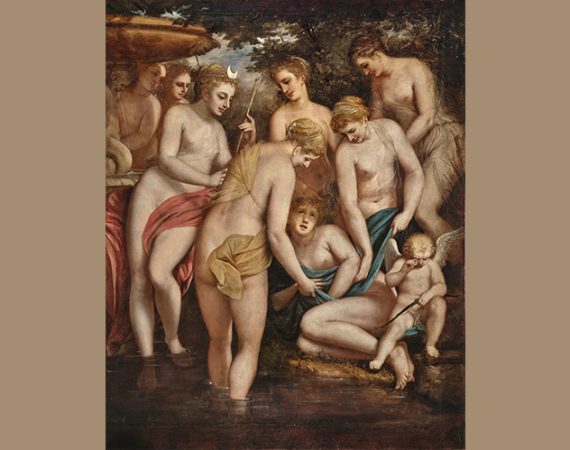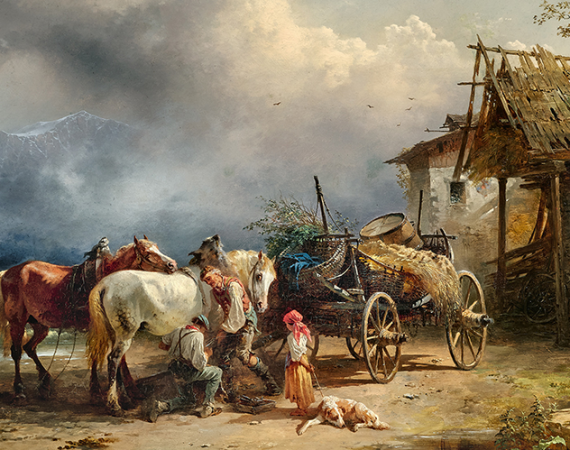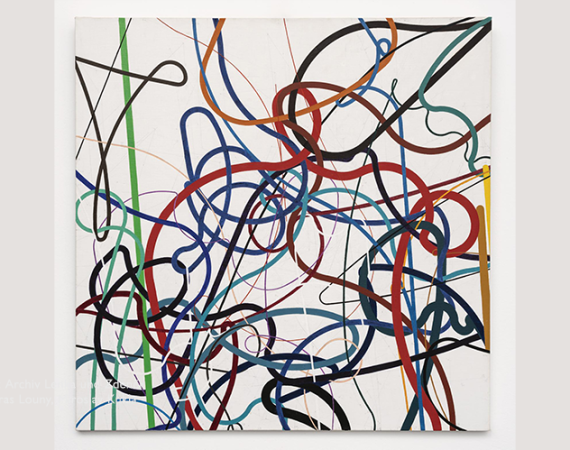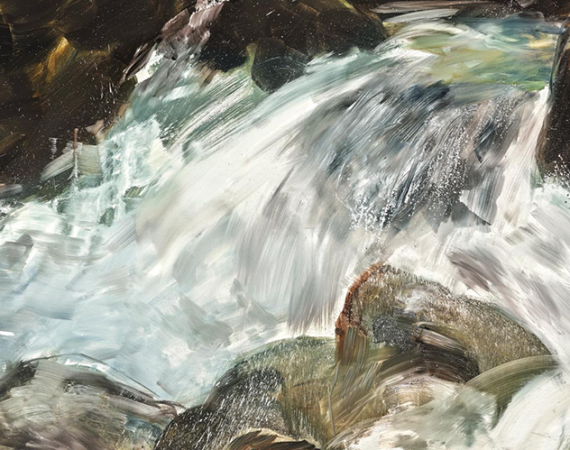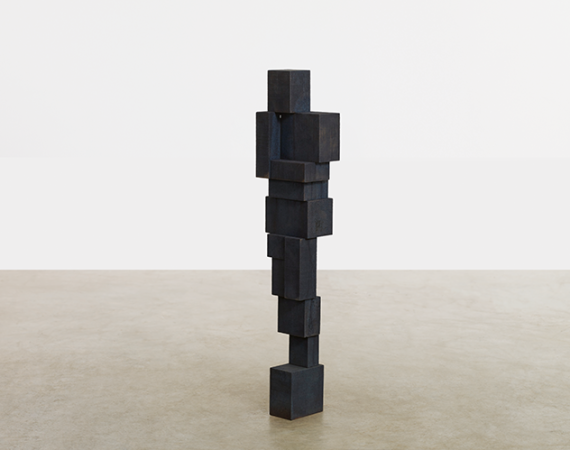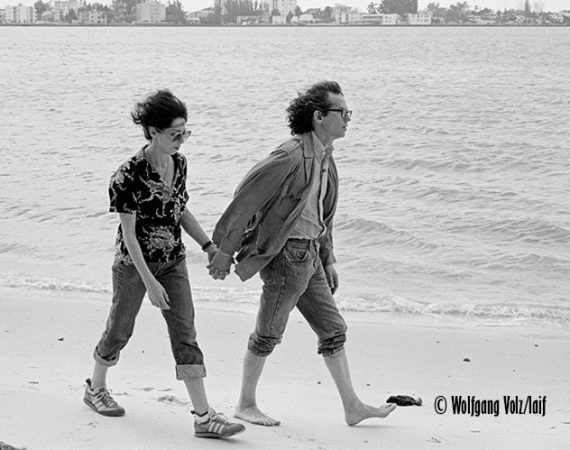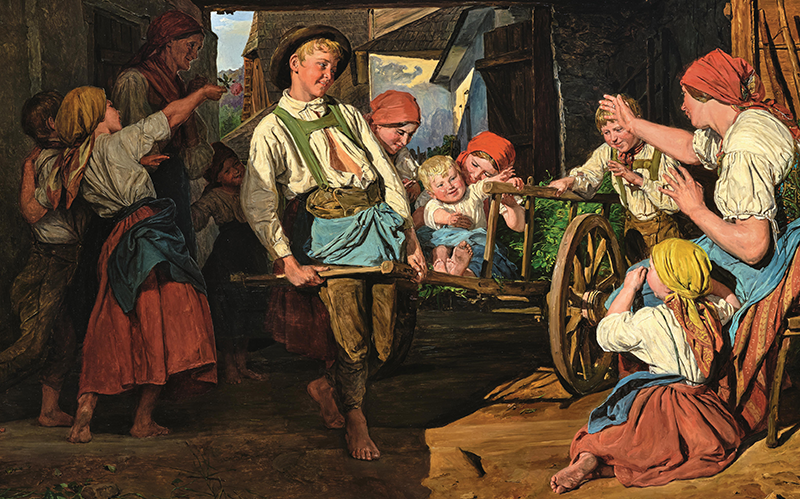
Hansl’s first outing, a late masterpiece by the great Austrian Biedermeier artist Ferdinand Georg Waldmüller, was restituted from the Wiesbaden Museum in July and will be sold at auction at Dorotheum on 22 October 2025.
Ferdinand Georg Waldmüller’s painting, Hansl’s first outing, is a genre picture of the highest quality, worthy of a place in a museum collection. This joyful painting however, is not only a luminous example of its author’s work, but also bears witness to the difficult historical events of its time. In the first place it was caught up in the vehement artistic debate surrounding Waldmüller and the Academy of Arts which led to the demise of this once celebrated artist’s reputation. Later on, the painting would be swept up in the Nazi’s persecution of the Jewish people when it was removed from its owners, Karl and Grete Henriette Klein, who were dispossessed of their collection by the NS regime in 1938.
The painting, dated 1858, depicts a lively familial scene bathed in a brilliant, expressive light, typical of Waldmüller’s later work. In the centre, is a young boy holding the shaft of a simple handcart in which a girl is seated, holding her younger sibling ‘Hansl’ on her lap, clasping his hand tightly. The cart is surrounded by excited children, all turning towards the seated siblings. To the right, the mother who is seated on a stool, reaches out her hands to her children energetically instructing them or perhaps joking with them. To the left, in the shadow of the barn, stands the grandmother, her hands clasped in front of her chest, watching the commotion indulgently. Backlighting and shadows lend the scene expression, liveliness and cheer. With great mastery, Waldmüller succeeds in capturing a snapshot in this painting, a fleeting moment – in a way that, otherwise, only photography would later be able to achieve.
It is likely that Waldmüller sketched the scene directly onto the canvas, and for this part of his compositional process he always used life-models. In his studio, he gathered young farmhands and girls, whom he arranged in groups according to his vision – what mattered to Waldmüller was the precise rendering of what he saw with his eyes. His extraordinary powers of observation and his intense engagement with the people he painted can be clearly observed in his work.
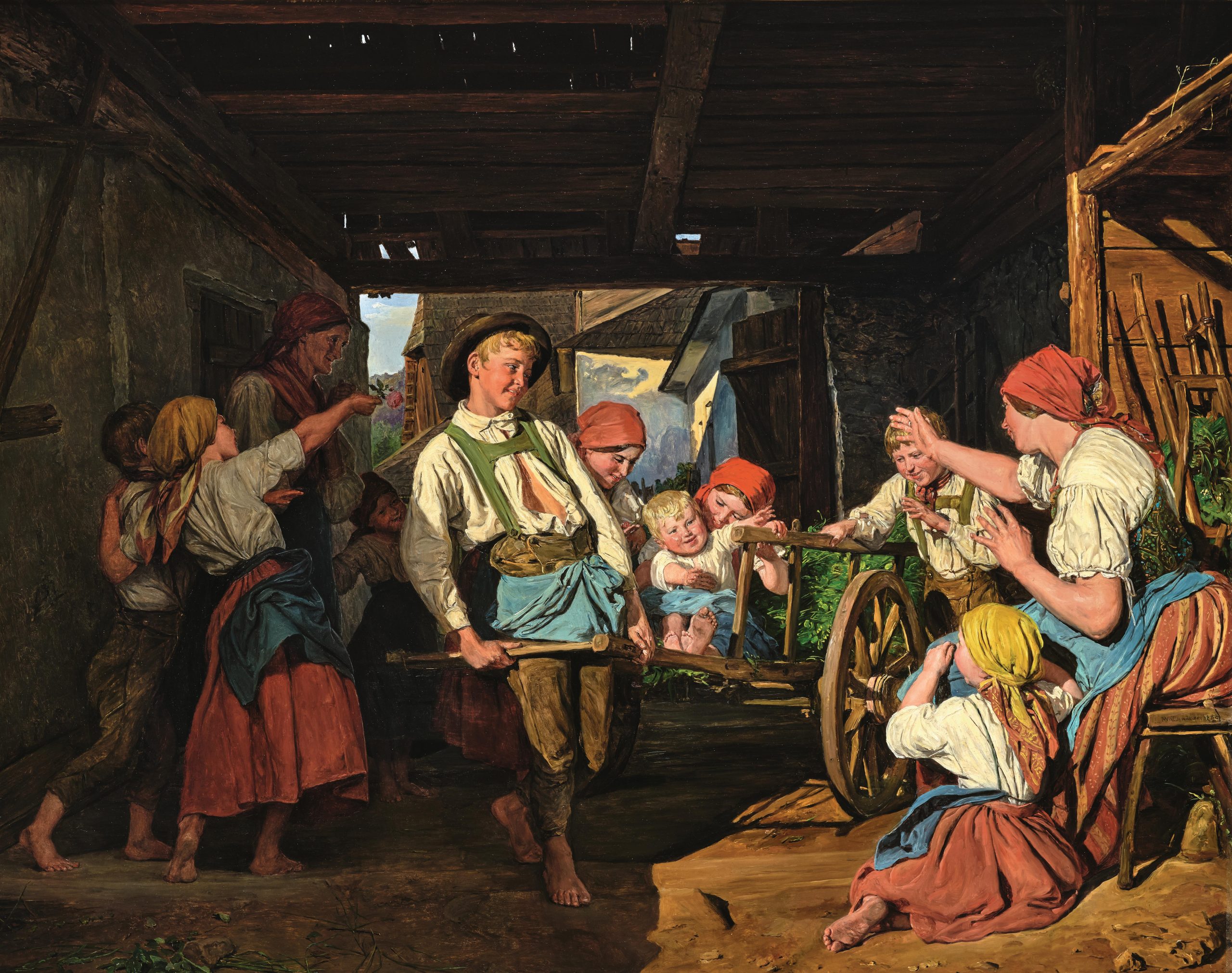
Waldmüller was an impassioned advocate for the studying of life from nature, a practice which was criticised by his fellow painters and set him against the academic norms of the time. In 1845, he went so far as to present the Vienna Academy of Arts with his reforming ideas on academic teaching, and a year later delivered his scathingly critical polemic arguing in favour of more purposeful instruction in painting and sculpture. The debate he whipped up went on until in 1857, when Waldmüller called for the dissolution of the Academy itself. The punishment for this attack on the academic order was to be retired from the academy on half-pay. Inevitably his standing as an artist and recognition of his work dwindled from then on until the end of his life. His reputation would only be restored at the turn of the century through the staging of several exhibitions and a monograph produced by Arthur Roessler. The renewed appreciation for Waldmüller’s work was clearly discernible and wide-spread in the years following.
It was after one such exhibition that the present story of Hansl’s first outing began as it became ensnared in the forced confiscation of Jewish property perpetrated by the Nazi regime. The painting was shown at the famous Welz Gallery in Salzburg in the summer of 1937, on loan by its owners, Karl and Grete Henriette Klein. After the exhibition, the work was briefly returned to the Kleins. In July 1938 however, Grete Henriette Klein, who had inherited the painting from her father, was forced to submit a list of her assets to the Nazi regime, a list which included Hansl’s first outing.
The Klein’s painting was selected for the ‘Sonderauftrag Linz’ (Special Commission, Linz) and was destined for inclusion in the centralised collection of artworks in the (ultimately unrealised) ‘Führer Museum’. The labels and numbers affixed to the back of the painting clearly evidence this. After 1945, the US army and its ‘Monuments Men’ secured the painting in the tunnels of the Altaussee salt mine, where the Nazis had hidden looted artwork from the Allies, and transferred it into the custodianship of the authorities of the Federal Republic of Germany. From 1949 to 1960, the painting was administered in trust by the German government and was latterly exhibited on long-term loan at the Wiesbaden Museum.
Grete Klein (née Fischer; Prague, 1884–Haifa, 1962), emigrated with her family to Palestine under the dramatic circumstances of the time. She attempted to reclaim her possessions during the 1950s but was unsuccessful. According to family tradition, the collection she inherited from her father Friedrich Fischer (1859– 1923), contained between 23 and 35 works. All of these works, except for Hansl’s first outing, are still missing. On July 29th, 2025, more than 80 years after the end of World War II, the German Federal Art Administration returned Hansl’s first outing to its rightful owners. This important Biedermeier work will be offered at auction as a highlight of Dorotheum’s Classic Week.
AUCTION
19th Century Painting
22 October 2025
Palais Dorotheum, Dorotheergasse 17, 1010 Wien
19.jahrhundert@dorotheum.at
Tel. +43-1-515 60-355, 765, 501

